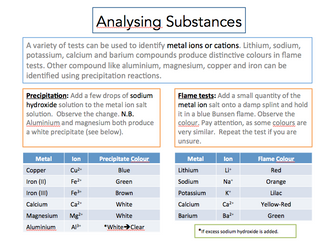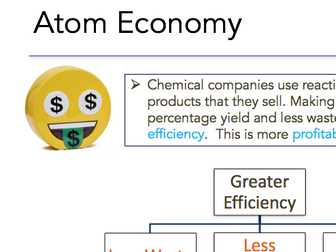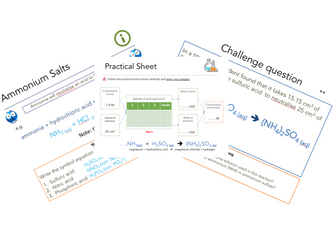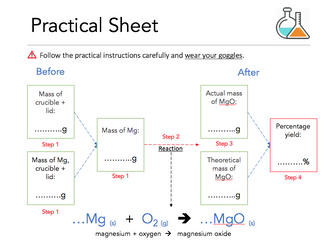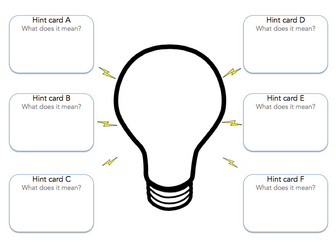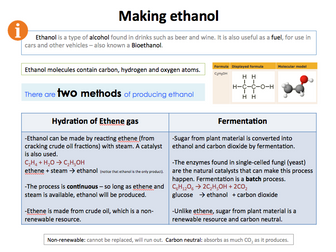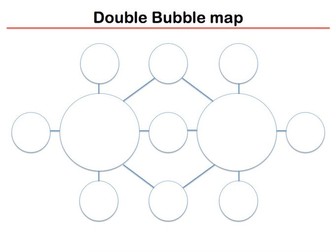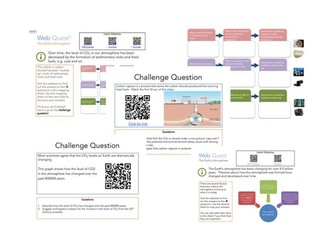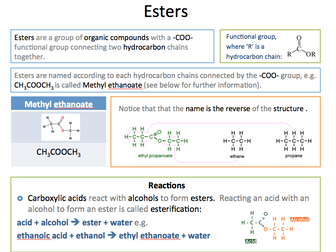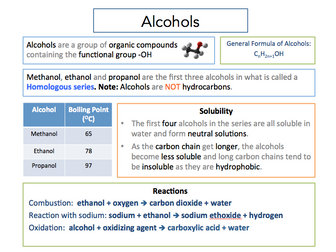
Cation and Anion Tests
Two information cards that give concise details of how to test and identify the common cations and anions.
The first card gives details of the flame tests and precipitation reactions to identify the cations. The second focusses on the tests for the common anions, including the halides. Both information cards are accompanied by challenge questions to test understanding.
